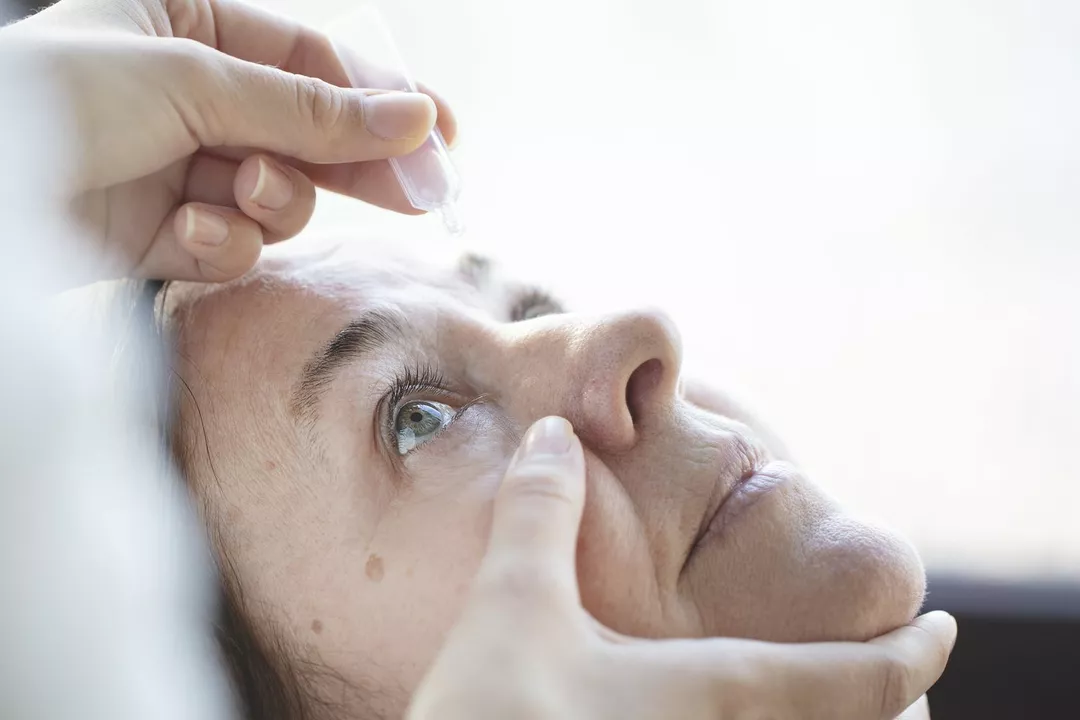Eye Disorders Explained: What They Are and How to Deal With Them
If you’ve ever felt a blurry spot, sudden floaters, or sore eyes after hours on the screen, you’re probably wondering what’s going on. Eye disorders cover everything from harmless annoyances like dry eye to serious issues such as glaucoma. Knowing the basics helps you spot trouble early and get the right help.
Most Common Eye Problems You Might Notice
Dry eye syndrome feels like sand in your eyes, especially after long meetings or windy days. It happens when tears evaporate too fast or don’t produce enough lubrication. Simple fixes include using artificial tears, taking breaks from screens, and keeping a humidifier nearby.
Conjunctivitis (pink eye) makes the whites turn pink, often with itching or crusty lashes. It spreads easily, so wash your hands and avoid touching your face. Most cases clear up with antibiotic drops if bacteria are to blame; viral types just need time.
Refractive errors like nearsightedness, farsightedness, and astigmatism blur vision because the eye’s shape doesn’t focus light correctly. Glasses or contact lenses correct the focus, while laser surgery reshapes the cornea for a longer‑term fix.
Age‑related macular degeneration (AMD) attacks the central part of your retina, making reading or recognizing faces tough. It’s more common after 60 and can be slowed with specific vitamins and regular eye exams.
When to Seek Professional Help
If you notice sudden vision loss, flashing lights, a curtain‑like shadow over part of your view, or severe eye pain, call an eye doctor right away. Those signs could mean retinal detachment or acute glaucoma—both need fast treatment to protect sight.
Even milder symptoms deserve a check‑up if they linger more than a week. An optometrist can run simple tests, spot early disease, and recommend lifestyle changes that keep your eyes healthy.
Don’t wait for the problem to get worse because many eye disorders are easier to manage when caught early. Regular eye exams (once every 1‑2 years) let professionals track subtle shifts you might not notice yourself.
Keeping your vision sharp is about more than doctor visits. Stay hydrated, wear sunglasses that block UV rays, and give your eyes a break using the 20‑20‑20 rule: every 20 minutes, look at something 20 feet away for 20 seconds.
If you use contact lenses, follow cleaning instructions strictly—bad hygiene is a fast track to infections. For screen lovers, consider blue‑light filters or anti‑reflective coatings on glasses.
Remember, eye disorders are common and most have clear solutions. By paying attention to changes, protecting your eyes from harsh light, and getting routine exams, you give yourself the best chance for a lifetime of clear sight.
As a blogger, I recently came across some vital information about Nitrofurantoin and its connection to eye disorders. Nitrofurantoin is an antibiotic commonly used to treat urinary tract infections. However, I discovered that in rare cases, it can lead to eye disorders like optic neuritis and blurred vision. If you're taking Nitrofurantoin and notice any changes in your vision, it's essential to consult your doctor immediately. In conclusion, while Nitrofurantoin is effective against infections, we should be aware of its potential side effects on our vision.
May, 19 2023

